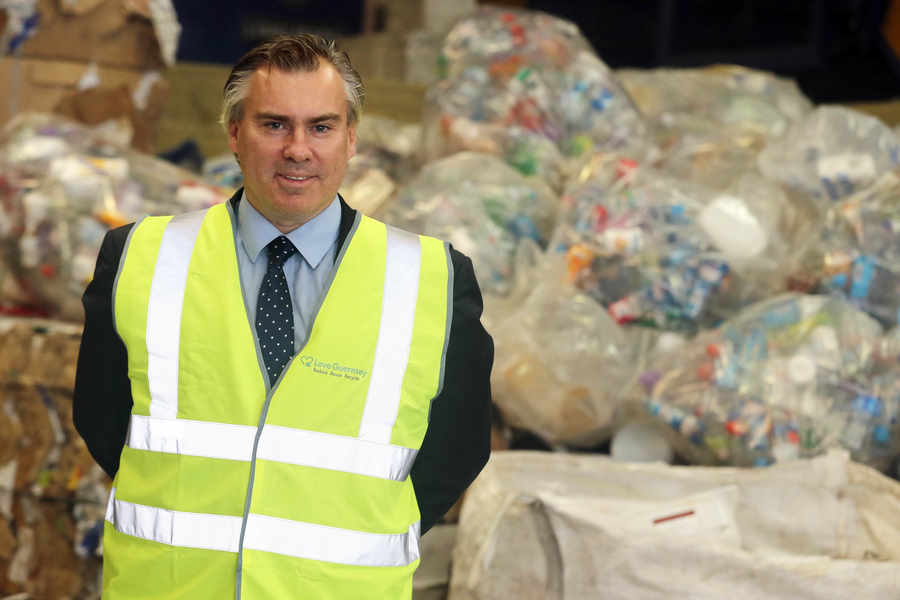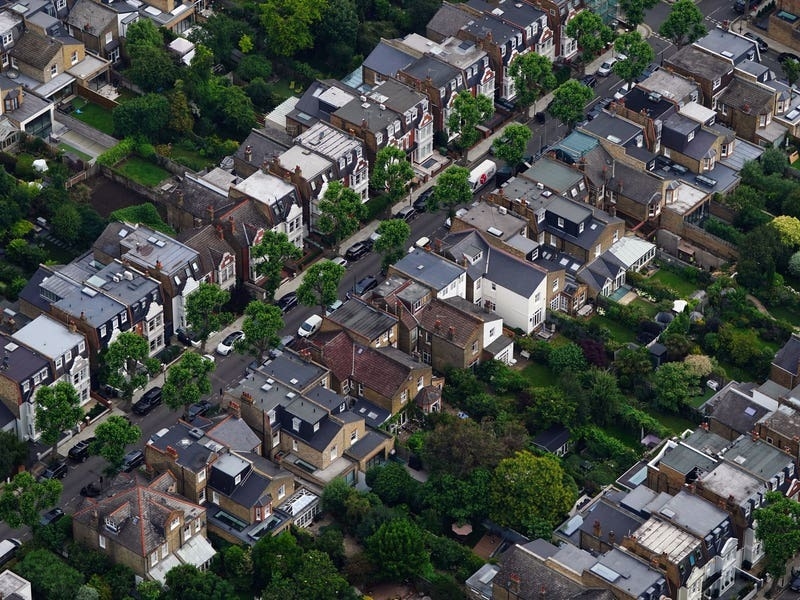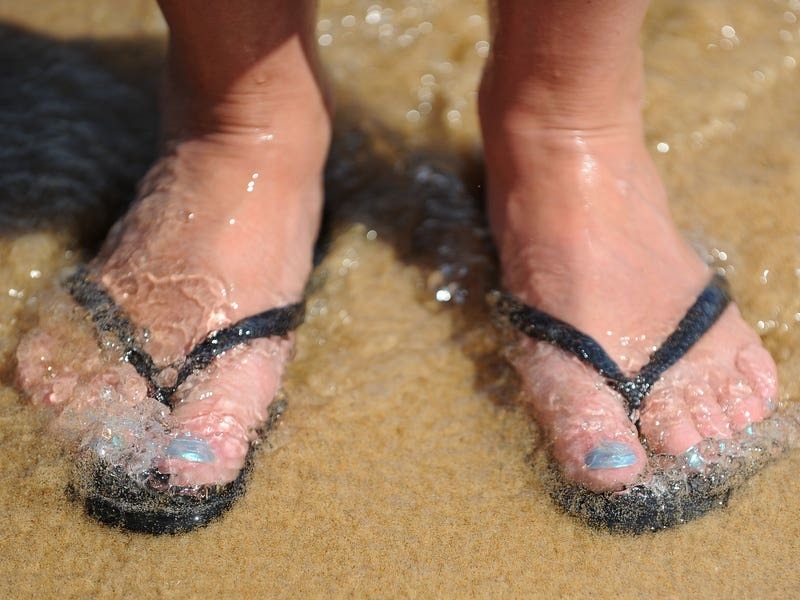- Despite three years of talks, Guernsey is no closer to agreeing to burn its waste in Jersey’s incinerator
- Since 2012, both islands have been discussing potential agreement
- Guernsey’s landfill site, Mont Cuet, will be full in seven years and an alternative is needed
- But with a mutual agreement again deferred, TTS will face shortfall of £1.5m this year
JERSEY is unlikely to process waste from Guernsey until at least 2017 it has emerged.
The previous Transport Minister, Kevin Lewis, had this year budgeted for £1.5 million in income from the incineration of Guernsey’s waste at the Island’s energy-from-waste plant.
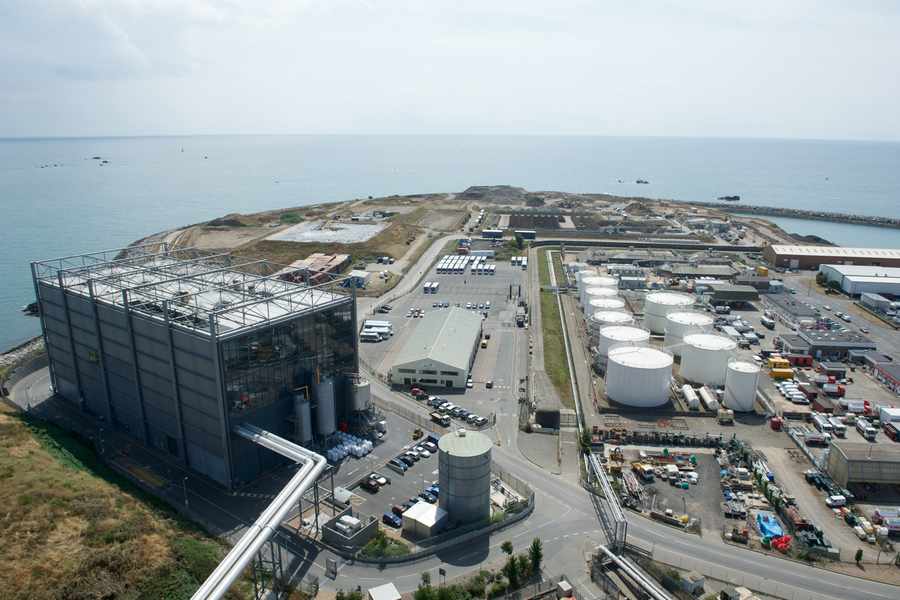
- The plant cost £110m to build, making it Jerseys largest ever capital expenditure.
- It is able to burn 110,000 tons a year.
- There are 5,173 plants on the bank screening the building from Havre des Pas and St Clement in the east.
- Waste that was burned in the past is now heated at 850 degrees for a minimum of two seconds
- The fire water tank outside the main building contains 1,000,050 litres of water and takes eight hours to fill.
- In 2011 it was reported that Jersey had a 30% recycling rate, which it hopes to increase to 36% by 2018.
- The incinerator produces around 7% of Jerseys electricity usage and more than double the renewable power generated from waste in the Island.
However, Guernsey then deferred the decision until 2016, leaving newly-appointed minister Eddie Noel with no option but to apply for extra funding in the next Medium Term Financial Plan.
Deputy Noel told the JEP that officers from both islands were continuing to work together to find a Channel Island solution and said that a meeting has been planned for later this month.
‘It is my belief that there would be significant benefits,’ he said.
‘There has been an impact on our income, with a £1.5 million shortfall, but we are keen to work with our Guernsey colleagues and we are in active dialogue. It is something that I personally am keen to bring forward, but it has to be win-win.
‘We cannot use Jersey taxpayers’ money to subsidise it.’
Guernsey does not have an incinerator and the current landfill site has only seven years of life left.
Public Services Minister Scott Ogier told Guernsey’s States last month that a composting facility for food waste had been scrapped and that the department would now be investigating the possibility of exporting food waste.
However, he added that the procurement process for this was unlikely to begin until 2017 or at the latest 2018.
Discussions for Jersey to take Guernsey’s waste have been ongoing since 2012, when Guernsey officers visited the Island’s plant and requested a tender.
However, it subsequently emerged that Jersey’s indicative ‘gate fee’ was higher than those submitted by four competing European plants, which have the advantages of large-scale operations designed to produce electricity as a by-product.
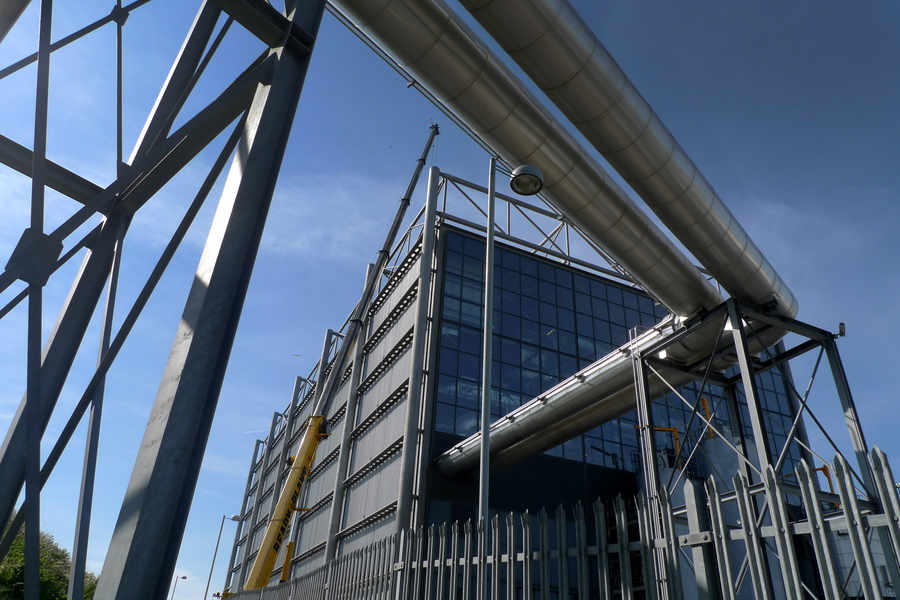
Meanwhile, joint Channel Island plans for waste disposal go back as far as 2006, when the possibility of a shared facility was discussed, but no agreement was reached.
Since it opened in 2010, Jersey’s £110 million facility has so far only processed waste from within the Island and is currently running 30 per cent below capacity, although future requirements are expected to increase.
In recent months TTS has also experienced a £1.3 million shortfall in income from the electricity generated by the plant, following a 30 per cent decrease in the price of power across Europe.
- The incinerator, or energy-from-waste plant, cost £110 million and has been receiving all of the Islands rubbish since 27 December 2012
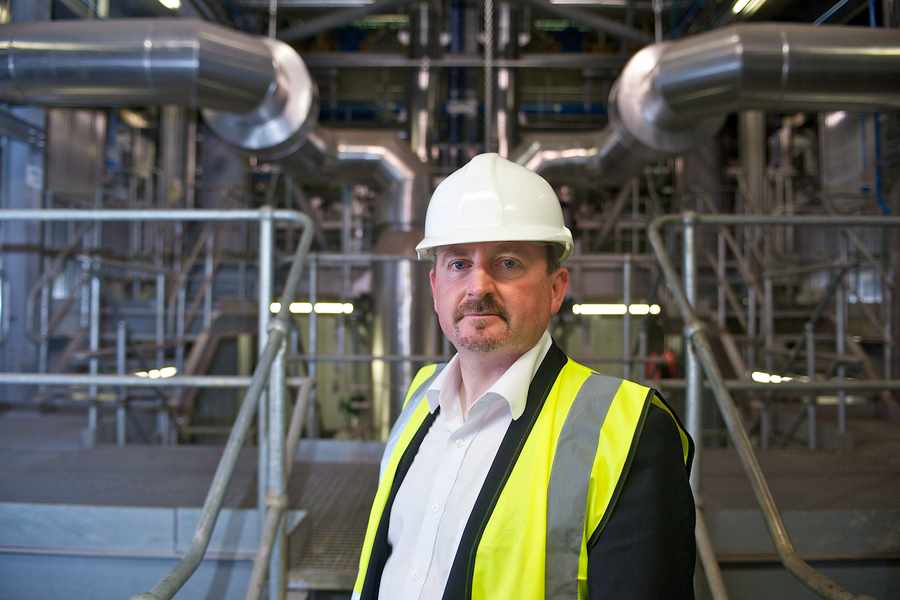
- In September 2013 it was described by the head of the Transport and Technical Services department, John Rogers as the biggest environmental improvement the Island will see in a generation.
- At the time, it was reported that the incinerator was producing between 100 and 1,000 times less pollution than the old Bellozanne plant that it replaced.
- Mr Rogers was reported then as saying: The old plant was the dirtiest in Europe and it should have been closed down in 1996. This plant meets and exceeds the latest European standards, which are between 100 and 1,000 times more stringent than what the old plant was doing, depending on what you measure. That means that every year of operation of the old plant is equivalent to 100 years of this one in respect of some of the discharges.
- In 2013 it was shortlisted for a regional architecture award, the Royal Institute of British Architects South East Award.

